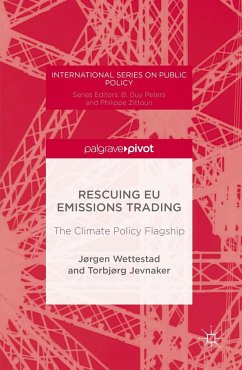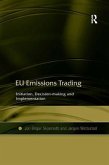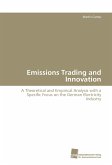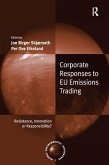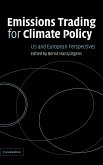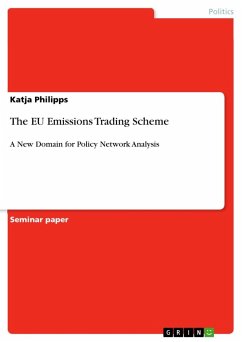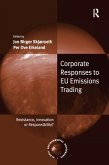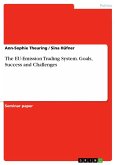This book draws upon a meticulous study of background documents and a string of fresh interviews to tell the fascinating story of how the EU's climate flagship was significantly improved. The EU's emissions trading system (ETS) covers almost half of its greenhouse gas emissions and has been hailed as the cornerstone and flagship of EU climate policy. But in spring 2013 the ETS was in severe crisis, with a huge surplus of allowances and a sagging carbon price. Even a formally simple measure to change the timing of auctioning was initially rejected by the European Parliament. Two years later a much more important 'market thermostat' was adopted (i.e. the Market Stability Reserve) and proposals for a complete ETS overhaul were put on the table. This book examines and explains how it was possible to turn the flagship around so quickly. Crucial changes at EU and national levels are identified, chief among them in Germany and the European Parliament.
Bitte wählen Sie Ihr Anliegen aus.
Rechnungen
Retourenschein anfordern
Bestellstatus
Storno

